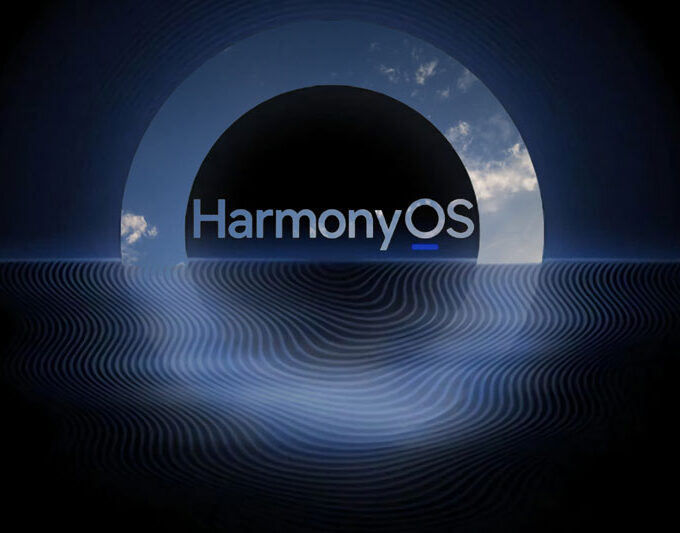As Apple’s first head-mounted display device, the Vision Pro, regarded by CEO Tim Cook as ushering in the era of “spatial computing,” receives considerable market attention following its release.
On February 2nd, Vision Pro officially went on sale in the United States, with consumers who purchased the product entitled to a two-week return period according to official policy. However, as the final window for returns by the first batch of Vision Pro users approached, recent reports indicate that many users have chosen to return the product.
Mixed Reviews
Since its release over two weeks ago, Vision Pro has received mixed reviews from consumers. While users have generally praised the immersive experience features of Vision Pro, their evaluations have been somewhat positive. Many consumers have taken to social media to commend the smooth interaction and immersive experience of Vision Pro, describing it as “high-tech magic.” However, after experiencing the device for some time, they still opted for returns or entertained the idea of returning it, citing reasons such as the device being heavy, uncomfortable to wear, limited content, and poor value for money.
A tech blogger who returned Vision Pro mentioned on social media, “This may be the most exciting technology I’ve tried, but I experienced headaches after using it for 10 minutes.” Previously, Cult of Mac, a website focused on Apple news, conducted two polls among readers and social platforms, with results showing that 76% and 45% of respondents, respectively, indicated they would return Vision Pro. Cult of Mac stated that the magical experience of Vision Pro may not be enough to convince buyers to keep this $3,499 product (approximately 25,000 yuan). However, many early adopters seeking refunds felt that if Apple addressed the device’s issues (and lowered the price), they would certainly consider returning for the second generation of Vision Pro.
It is worth mentioning that some tech media outlets have also mentioned that according to feedback from some Apple retail stores in the United States, the rate of Vision Pro returns is not as severe as rumored and falls within the normal return range for Apple’s new products.

Meta’s “Swipes”
Currently, products from Meta (the parent company of Facebook) dominate the global AR/VR (Augmented Reality/Virtual Reality) headset market. According to a report from the International Data Corporation (IDC), shipments of AR/VR headsets in 2024 are expected to increase by 46.4%, primarily due to Meta’s Quest 3 and Apple’s Vision Pro. IDC predicts that Apple’s headset devices will garner significant attention, but shipments for the year may be less than 200,000. In contrast, Meta’s shipments in the first three quarters of 2023 exceeded Apple’s expected shipments by 10 times (occupying a 55.2% market share by the third quarter of 2023) and are likely to grow year-on-year in 2024.
Regarding major future competitors, Meta’s CEO, Mark Zuckerberg, recently released a controversial video titled “Swipes,” which sparked significant controversy. Zuckerberg stated that based on factors such as price, content, comfort, and field of view, the $500 Quest 3 headset is not only more cost-effective than Apple’s $3,500 Vision Pro but also offers a better product experience.
Responding to the controversy sparked by his comments, Zuckerberg said he did not intend to mock Apple’s Vision Pro, stating, “I’m just presenting the facts as I see them today. I’m not saying they won’t improve, but we will improve as well. And we are a fast-moving company, so I think we might move faster.”
Research institutions believe that Apple’s entry into the headset market will undoubtedly bring new changes to the industry. A recent report from Guotai Junan Securities stated that the XR (Extended Reality) industry has been brewing for many years, and Apple’s current entry will significantly improve the industry ecosystem, potentially accelerating industry development. In the long term, with the interaction of economies of scale and technological innovation, hardware and software resonance will stimulate the formation of a terminal consumption ecosystem, potentially driving rapid growth of the industry chain.
However, the current impact remains limited. A report suggests that if the shipment volume of the first-generation Vision Pro product corresponds to 500,000-1 million units, optimistically calculating, the first-generation product’s pull on the supply chain for one year would be approximately $3 billion, accounting for 5% of Apple’s $60 billion in iPhone revenue, significantly different by an order of magnitude, thus having limited overall performance pull on supply chain companies this year.












